Building Bridges: Monde des Arts' Multilingual Vision
Juliet Ostretsova
Founder of Monde des Arts ASBL and an independent performing artist running the Dramateka Theatre Studio.
Note title
Editor's Note
Note content
How do you transform a small theatre studio into a multicultural project with government support? Can you be a theatre artist, founder, and administrator all at once — without burning out? Why do Luxembourgish children want to learn Russian? And what does comprehensive education for a child actually cost?
Juliet Ostretsova has spent seven years evolving from an independent artist into the founder of Monde des Arts — an organization that bridges art, languages, and cultures in one of Europe's most multinational corners. In our conversation, she shares the story of a seven-year-old boy who changed her perspective on education, reveals how to secure state funding for a cultural project, and explains why multilingualism isn't a barrier but a tool for unlocking every child's potential.
Artist to Visionary
You started with the successful Dramateka Theatre Studio. What was the catalyst that made you feel the need to expand into something much broader like Monde des Arts?
It began with my theatre studio, Dramateka. I loved directing and working with the students, but I started to feel a limitation. Theatre is powerful, but it's just one piece of a much larger creative world. I kept seeing connections to dance, to music, to visual arts, and I realized that separating them felt artificial. I envisioned a place where all these disciplines could coexist and enrich one another, creating a more holistic and immersive experience for everyone involved.
Was there a specific experience or observation that transformed this vision from a nice idea into an absolute necessity for you?
The moment it felt truly inevitable was when I saw the families. Parents would bring their child to a theatre class, and while waiting, they’d talk about a dance class elsewhere or an art workshop across town. I saw this fragmented experience and thought, why can't this all happen here, under one roof? The idea of creating a central hub, a true 'world of arts' where a family could spend a day exploring different creative outlets together, just clicked. It stopped being a choice and started feeling like a responsibility to the community.
"I wanted to move beyond the boundaries of a single discipline and create a space where different art forms, education, and community could truly unite."
How do you see the relationship between Dramateka and Monde des Arts today? Is one an extension of the other, or did the new vision fundamentally change the original concept?
Dramateka was my laboratory. It was focused, intimate, and centered on the craft of theatre. It taught me everything about how children learn, express themselves, and build confidence through performance. Monde des Arts is the evolution of that. It takes the core principles of Dramateka, that focus on confidence and creative expression, and applies them across a wider spectrum. It’s about building a whole ecosystem, not just a single studio.
Uniting art forms under one roof.
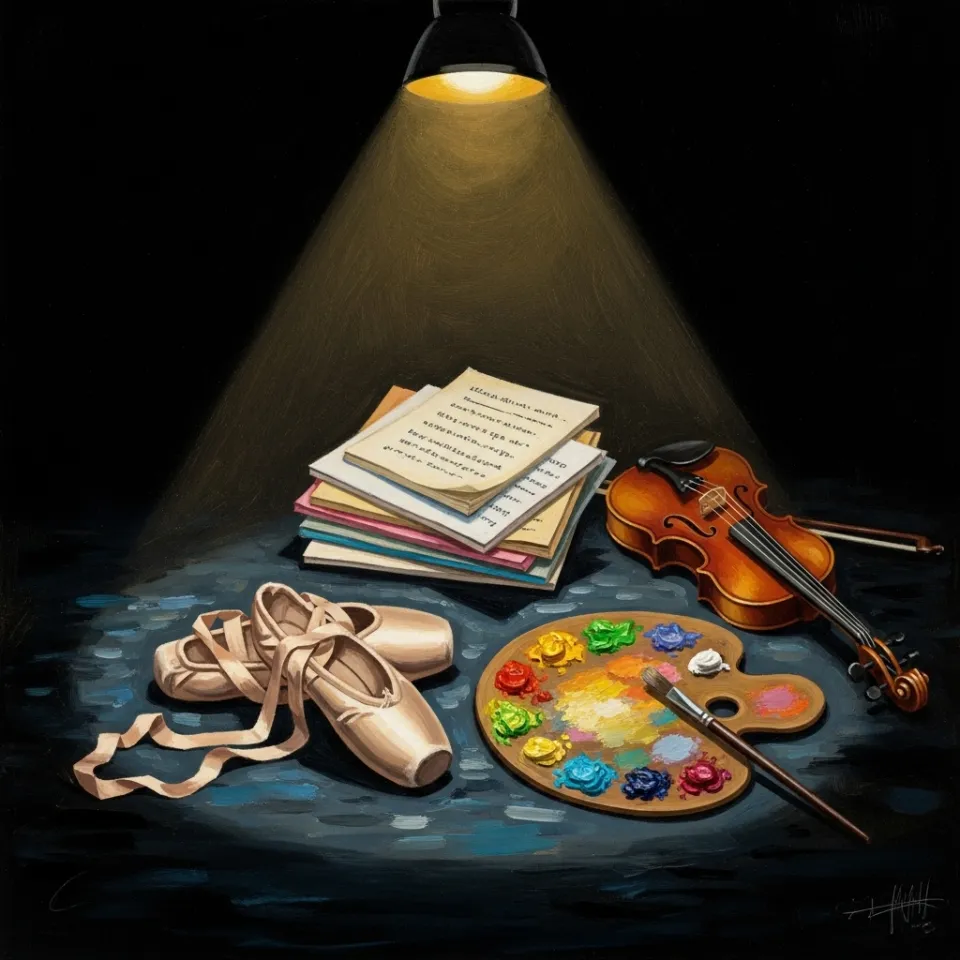
Uniting the arts
How did this evolution from directing a studio to founding an ASBL shift your own personal identity as a creative professional?
It was a significant shift. As an artist, your focus is on your craft, your performance, your creation. As a founder and community builder, your focus becomes enabling the creativity of others. My identity expanded from being the person on stage to being the person who builds the stage for everyone else. It’s incredibly fulfilling, but it requires a different mindset. You're thinking about pedagogy, logistics, community dynamics, and the long-term health of the organization.
What is the core philosophy that underpins all of Monde des Arts' activities, the central belief that made its creation feel so necessary?
The core philosophy is that art is a fundamental form of human communication that transcends language. In a place as diverse as Luxembourg, creating a space where a child who speaks French, another who speaks Russian, and another who speaks English can create something together is incredibly powerful. That shared act of creation becomes their common language. Building Monde des Arts felt inevitable because I saw a deep need for that kind of connection.
Multilingual Learning
Your approach to multilingual education is central to your work. How do you define this pedagogy beyond simply teaching in multiple languages?
For us, multilingualism isn't just about translating words; it's a philosophy of communication. We don't run separate classes for each language. Instead, we create a fluid environment where Russian, English, and French are used interchangeably, depending on the needs of the students and the context of the exercise. The key is to anchor understanding not in vocabulary alone, but in physical movement, emotional expression, and visual cues. This way, children learn to grasp meaning and intent holistically, which is a far more natural and powerful way to communicate.
Language is a tool for creativity, not a barrier.
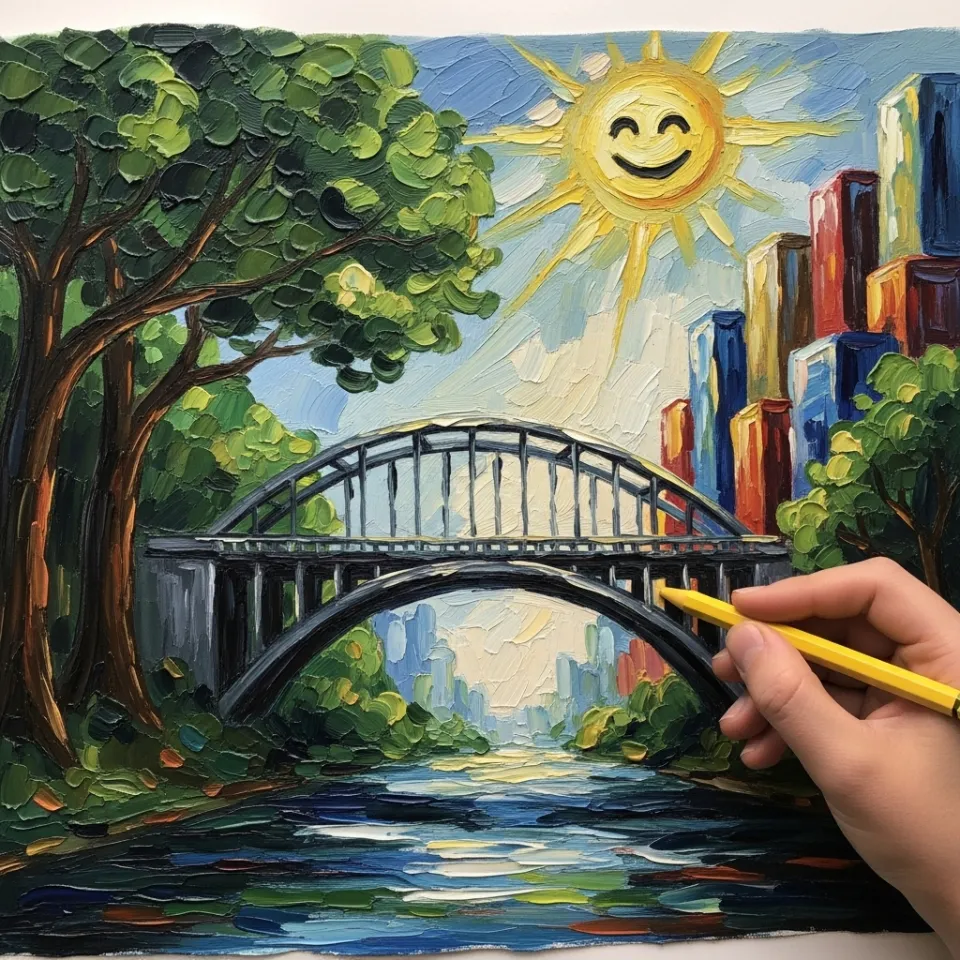
Language as a bridge
Could you walk us through a specific exercise where you fluidly switch between languages and what that looks like in practice?
Absolutely. One of our favorites is an improvisational game called 'The Magic Item.' We start in a circle, and I'll mime holding an object, maybe a glowing ball, and describe it in Russian. Then I'll pass this invisible object to the next child. The cue to switch languages is often a sound, like a gentle clap or a change in music. Suddenly, the glowing ball is described in French, then English. The children don't just change words; their physicality and tone shift. By the end, they are seamlessly blending gestures and words from all languages to express themselves. They forget to be shy because they are too busy playing and creating.
What transformation do you observe in a student's confidence from the beginning to the end of a session like that?
The change is remarkable. At the beginning of a session, a child might hesitate, worried about finding the 'right' word. The 'Magic Item' game, and others like it, removes that pressure. It teaches them that their gestures, their tone, and their creative intent are just as important as the words. By the end, you see them taking more risks, expressing bigger ideas, and using language more playfully. Their confidence comes from the realization that they can be understood and can connect with others, even if their vocabulary is still developing. They learn that expression is the goal, not linguistic perfection.
"He discovered his voice not in one language, but in the supportive, creative space we built between them. That's the real impact."
You mentioned a student story that captures the impact of your approach. Could you share that with us?
We had a seven-year-old boy join us who spoke only French and Luxembourgish at home. He was interested in learning Russian but was very timid. We didn't pressure him with formal lessons. Instead, we welcomed him into our mixed-language environment. Through games, songs, and theatre exercises, he started picking up words and phrases naturally. The other children, who spoke different languages, included him without a second thought. The real shift was seeing him move from cautiously observing to actively participating and then, one day, confidently improvising a small scene using a mix of all three languages. His parents were amazed. It wasn't just about language acquisition; it was about finding his social and creative footing in a diverse group.
Launching an ASBL
Founding a non-profit, an ASBL, as a solo founder is a monumental task. What were the first pivotal decisions you had to make to get Monde des Arts operational?
The most crucial first steps were defining the vision and building the legal and administrative foundation. As a solo founder, you are everything at once: the artist, the administrator, the marketer. I had to navigate the process of registering as an ASBL, which involves governance, statutes, and a clear mission. Then came the operational side: finding a space, getting insurance, and, most importantly, building relationships with teachers and families who believed in the vision. Every decision, from the structure to the people, was pivotal in getting off the ground.
Looking back at that initial setup phase, what is the single biggest lesson you learned that you would either repeat or fundamentally redesign now?
The one thing I would do differently is invest in a strong team and delegate much earlier. In the beginning, I tried to manage both the creative direction and all the administrative work myself, and it was incredibly challenging. Bringing in more teachers and partners to share the load and contribute their own expertise would have accelerated our growth and eased a lot of the initial pressure. Building a solid team is not a luxury; it’s the foundation for sustainable success.
"Leading alone meant I was both the creative director and the administrator. The challenge was keeping both visions alive and thriving simultaneously."
You mentioned receiving support from the Ministry of Education for space. How does that partnership work in practice, and what has it made possible?
Our partnership with the Ministry of Education has been a game-changer. They provide us with access to wonderful, safe, and well-equipped spaces within public schools, which we use after school hours and on weekends. This solves one of the biggest hurdles for any arts organization: finding an affordable and consistent venue. Operationally, we coordinate schedules with the local school administration to ensure everything runs smoothly. This support has allowed us to keep our programs accessible and affordable, expand our class offerings, and focus our resources on what truly matters: the quality of our teaching and the experience of our students.
Every relationship is a building block.
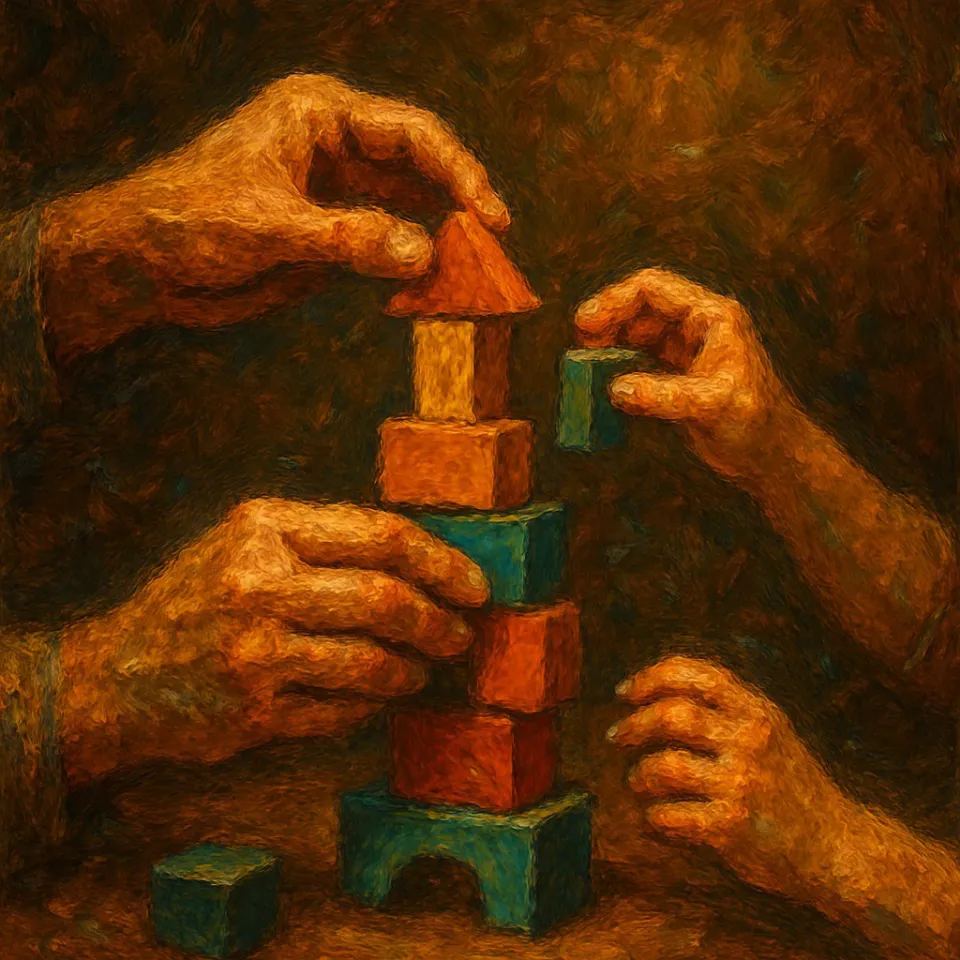
Building trust
What practical advice would you offer other artists who have a powerful community vision but are intimidated by the process of creating a formal organization?
First, have absolute clarity on your 'why.' Your mission will be your anchor during challenging times. Second, don't be afraid of the administrative side. Seek advice, find templates, and understand the legal requirements of an ASBL. It's the structure that will allow your creative vision to flourish. Finally, start building your community from day one. Your first students, parents, and collaborators are your most important ambassadors. Their trust and feedback are invaluable assets.
Growth, Impact & Vision
You have some major events coming up, like the 'Picnic under the Roof' festival. What is the core experience you want families to walk away with from these gatherings?
We are incredibly excited about our upcoming family festival, 'Picnic under the Roof,' on October 25. Our goal is to create a day filled with wonder, togetherness, and creative discovery. It's more than just a Halloween party; it's a cozy, indoor celebration where families can explore, play, and create side by side. We want them to leave feeling inspired and more connected, not just to the arts, but to each other. It’s about creating joyful memories that reinforce the magic of shared cultural experiences.
You've also launched new classes for very young learners. How does focusing on the 2-3 year old age group fit into your broader long-term vision for Monde des Arts?
Introducing the 'Lions' group for toddlers aged two to three was a very intentional decision. It’s about planting the seeds of creativity and confidence at the earliest possible age. In this warm, bilingual environment, we focus on sensory play, movement, and sound, laying the foundation for a lifelong love of the arts. It perfectly aligns with our vision of being a hub for the entire family, offering a creative pathway that a child can grow with, from their first steps all the way to our advanced theatre productions.
"Our vision is to grow into a vibrant, multilingual hub that unites theatre, dance, music, and visual arts through inclusive programs and strong partnerships, creating a sustainable ecosystem for creativity to thrive."
Building a financially resilient arts organization is notoriously difficult. What kind of sustainable model are you developing for Monde des Arts over the next few years?
Our path to sustainability is a diversified one. The foundation is tuition from our regular classes and workshops. This is complemented by ticket sales from our public performances and family festivals, which also serve as great community engagement events. Looking ahead, we plan to introduce international creative camps and school exchanges, which will open up new revenue streams and, more importantly, enrich our cultural mission. A resilient Monde des Arts is one with steady, predictable income from classes that allows for long-term planning, balanced by the dynamic energy and funding from special projects and partnerships.
Creativity, joy, and a sense of wonder.
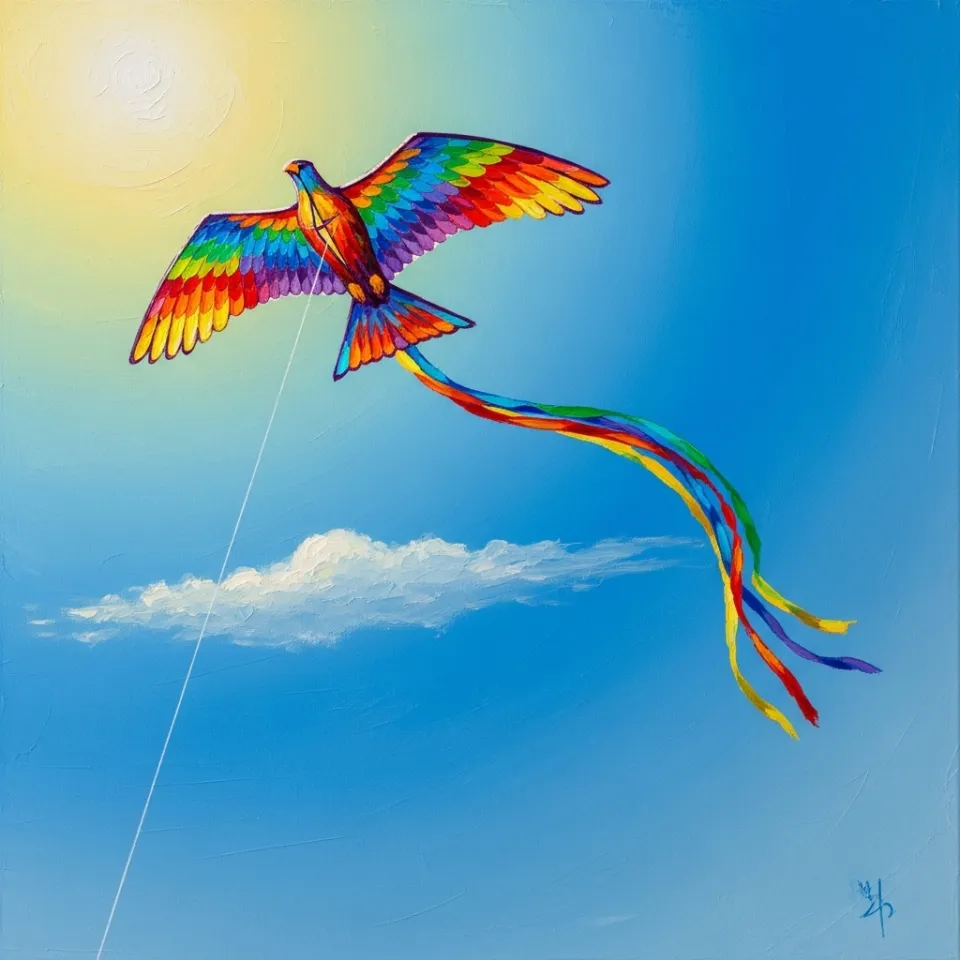
Unlocking joy and creativity
Let's look five years into the future. Paint a picture of what a 'great year' for Monde des Arts looks like in 2028 and the two key metrics you'd use to measure that success.
A great year in 2028 would see Monde des Arts operating from its own dedicated venue, a true multilingual arts center buzzing with daily activity. Our team would have grown to include core coordinators alongside a rotating roster of visiting artists. We would be running our first international school exchanges and summer art camps, bringing children from different cultures together. To know we’re on track, I’d watch two key metrics: first, student engagement and retention, which shows we are building a loyal community. Second, the growth of our partnerships, which indicates our reach and impact are expanding throughout Luxembourg and beyond.
Questions
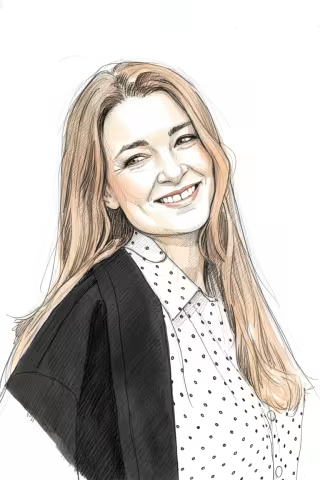

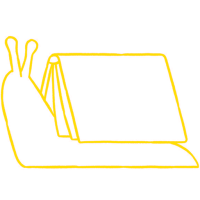
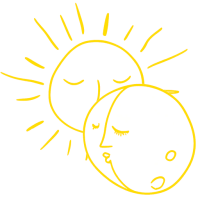
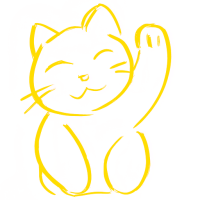
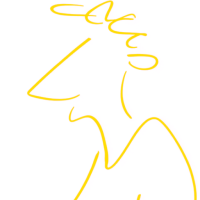
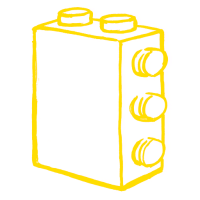


Share moment
Choose where you'd like to share this interview moment: